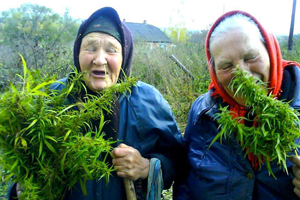The Basics of  Growing
Growing
All Washington State patients, including both those on and off the registry after July 1, 2016, may grow some cannabis plants. Green Buddha greatly encourages all patients to fully actualize their rights and grow some medicine. Growing the world's finest flower is not easy, but growing cannabis for cannabinoids is not actually that difficult. If one uses a vaporizer - whether one uses it with 13% thc or with 20% thc bud - the medicinal effect can in essence be the same. You may fill the vaporizer bowl more often with the less potent cannabis is the only difference.
So what does one need to get started? One will need to consider the space to grow - whether inside or outside. Cannabis growing vegetatively needs 16-20 hours of light. In order to eilicit flowering, the lights are left on less than 12 hours of light a day. Thus two spaces are actually needed if one will be maintaining strains, as one would always have some baby plants ready to go. If one was starting with seed than only one space is needed.
In addition Green Buddha has found that patients new to growing will find value in participating in grow forums, such as Rollitup, The Grow Room or Grasscity. There they will meet other growers who will take the time to answer specific questions that those new to cultivation often need.
Harvesting, Drying & Storing
The timing of harvesting can be generally based on the precepts of the strain, but for selecting a more exact date of harvest examine the trichomes. This takes some experience to do this well so start immediately. Trichomes are the THC- containing resin glands that are visible to the naked eye on the outside of the buds and small leaves and look like little white sugar crystals. When using a 50x to 100x magnifying glass, you can see that trichomes are comprised of a stalk and resin head and are clear or white in color. Trichomes begin to change color as the buds mature and you want to harvest the flowers before they get too dark in color. A subtle amber hue in these glands could mean that cannabinoids have begun breaking down. Skilled growers look for a creamy or milky white color in trichomes which let's them know the perfect date has arrived for harvest.
After harvesting the plant, cannabis needs to be dried well, which is sometimes called curing. Flowers should hang dry for five to seven days at the ideal temperature of about 70ºF with 50 percent humidity, then cured for another week or two. If then kept in unopened air tight containers in a cool dark space (refrigateur but not the freezer) the product will remain good for a very long time - years even.
For additional advice on how to harvest perfectly be certain to read the be sure to read Organic Marijuana: Harvest by Soma and Greg Green's Cannabis Grow Bible: Chapter Harvest.
Why Grow Your Own?
Grow Your Medicine
1) What are the basics of growing medical cannabis?
You will need to consider a place to grow, what plants you want, what lights if they are needed, soil, nutrients, and other equipment such as pots and testing gadgets. While it is not difficult to grow cannabis, to grow the finest bud isn't easy. If patients are vaporizing their medicine they can achieve the exact same effects whether they utilize 14% thc bud or the finest 23% thc bud. If you use medical cannabis flower grow your own.
2) Space: Indoor/Greenhouse/Outdoor
So where will you put your grow? Outside, in a greenhouse or indoors. Each space has pros and cons but most likely you will be restricted, because of legalities or environment, to indoor growing. A small six by six foot area, well ventilated work perfectly.
3) Genetics - clones or seeds?
Should you start with seeds? Seeds can be a great way to start, although cannabis seeds are illegal to have sent in the US mail. Seeds come in regular variety which are the best genetics, but also in auto-flower and feminized (no males) versions. Starting from clones offers a number of advantages over seeds, saving time and effort. They often come with bugs which must first be dealt with. Nonetheless, most patients maintaining their own genetics.
4) Lights
Even if you grow outdoors you may have to start your cannabis plants as babies with lights. Just made cuttings seem to appreciate florescent lights best. In a couple of weeks once roots have formed they can be moved under LED lights which seem to tighten interspacial noding in the vegetative phase. Indoor production for flowering is generally done with HPS lights and/or LEDS.
5) Soil
Organic soil is easily obtainable at a good garden store. Such soil is clean but is also fairly devoid of nutrients and is "dead." "Live" or "super" soils are superior, although more work is involved. These soils contains most the nutrients the plant would need during their life cycle. They produce better product, at less cost. Tough choice really.
6) Water & Nutrients
Clean water - without chlorine. Your medicine will only be as good as what you put into them. If using tap water leave it out 24 hours before using. Use only organic nutrients or better yet use super "live" soil and fertilize with teas.
7) Containers and such
You will also need some containers for your plants, even if you grow outside. The size of your grow and intensity of the light used and your needs will determine the size of your pots. For small indoor grows 5 gallon buckets with holes drilled in the bottom work nicely. Be sure to sanitize them between plant cycles.
8) Testing Equipment
At some point you will want to know the temperature of your space, the relative humidity, how many lumins, ph. You will also want a magnifying glass. Ifyou don't get these at the start - once you develop an issue which you are trying to problem solve you will need these tools. Get them at the beginning and keep a track, so you are familar with what's normal. Finally, after you produce your crop be certain to get it tested for molds and fungus at a local lab.
More Grow Resources
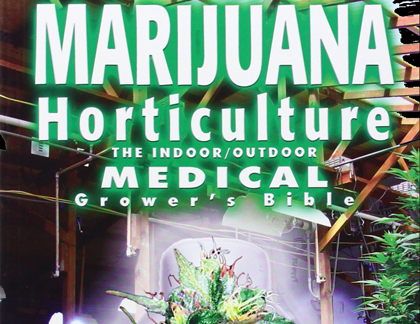
Marijuana Horticulture: Medical Grower's Bible
- Jorge Cervantes
An excellent place to begin is with Jorge Cervante's the Indoor/Outdoor Grower's Bible. Read a chapter.
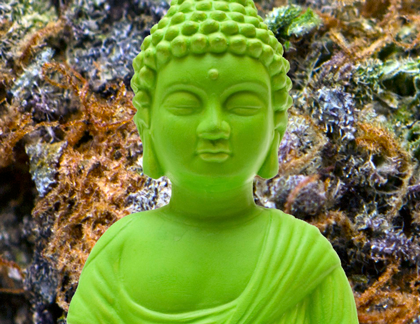
Green Buddha Guide to Growing Your Own Medicine
- Green BuddhaDownload a copy of the official Green Buddha Patient Co-op guide to growing your own medicine.
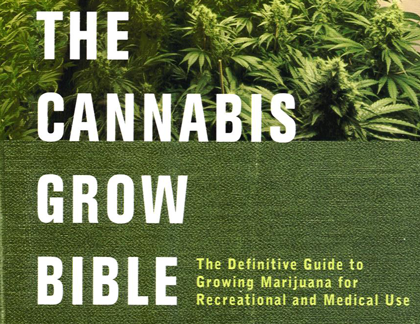
The Cannabis Grow Bible - Definitive Guide
- Greg Green
aster grower Greg Green has an interesting "sea of green" method with very few plants. Available to read on Scribd.
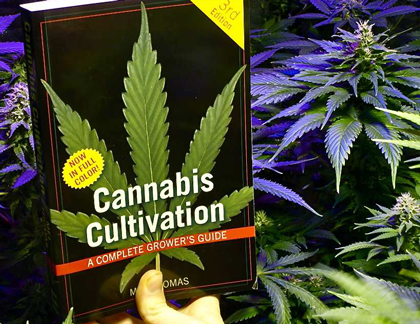
Cannabis Cultivation
- Mel Thomas
A wonderful giude by someone who did some severe time for cannabis cultivation. We found a copy to read.
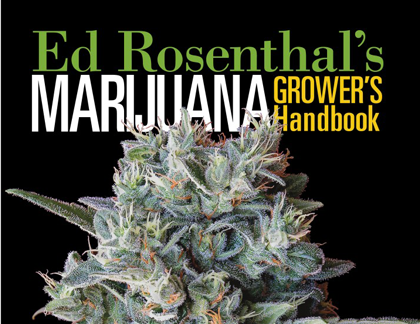
Marijuana Grower's Guide
- Ed RosenthalRosenthal's book is available on Scribd. As well his The Closet Cultivator is available for download.
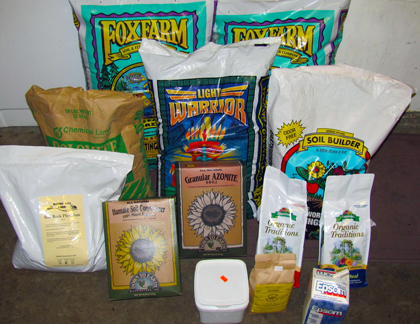
Super Live Soil
- Subcool & SomaWant to grow the very best? Use live soils - super soils!

